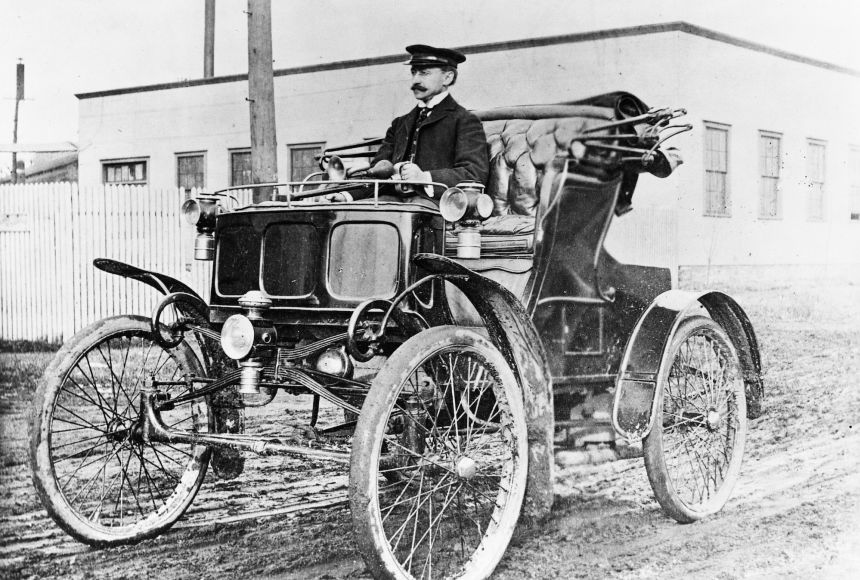Welcome to WordPress. This is your first post. Edit or delete it, then start writing!
The automobile, a defining invention of the modern era, has undergone a dramatic evolution over the past two centuries. What began as a bold experiment has become an integral part of daily life, shaping industries, cities, and cultures worldwide.
Early Beginnings: The Quest for Self-Propelled Vehicles
The roots of the automobile can be traced back to the late 18th and early 19th centuries. In 1769, French engineer Nicolas-Joseph Cugnot built a steam-powered tricycle intended to transport artillery. Though it was slow and impractical, it marked the first attempt at a self-propelled road vehicle.
The 19th century saw further experimentation, particularly with steam and electric vehicles. Inventors across Europe and America created various prototypes, but these machines were typically heavy, slow, and unreliable. Steam engines required long start-up times and frequent water stops, limiting their practicality.
The Rise of the Internal Combustion Engine
The true turning point came in the late 1800s with the development of the internal combustion engine. German engineer Karl Benz is credited with building the first gasoline-powered automobile in 1885—the Benz Patent-Motorwagen. This lightweight three-wheeler featured a single-cylinder engine and became the world’s first commercially available car.
Benz’s innovation was soon followed by others, including Gottlieb Daimler and Wilhelm Maybach, who developed a more powerful engine and introduced the first four-wheeled motor vehicle in 1889. These early automobiles remained luxury items for the wealthy, but they paved the way for broader adoption.
Mass Production and the Model T
The automobile industry took a massive leap forward in the early 20th century, particularly in the United States. Henry Ford revolutionized manufacturing with the introduction of the moving assembly line in 1913. His Model T, launched in 1908, became the first affordable car for the average American. By streamlining production and reducing costs, Ford made car ownership accessible to millions.
The Model T’s success catalyzed the growth of the auto industry. Roads were paved, gas stations emerged, and the car became a symbol of personal freedom and mobility.
The Golden Age of Automobiles
The mid-20th century, especially the 1950s and 60s, is often considered the golden age of automobiles. Car designs became sleeker and more stylish, reflecting the optimism of the post-war era. In the U.S., muscle cars and convertibles became cultural icons, while European brands like Volkswagen, Mercedes-Benz, and Ferrari rose to prominence.
This period also saw advancements in safety and technology, including seat belts, disc brakes, and automatic transmissions. However, it was also a time of growing concerns about pollution and fuel consumption.
Innovation and Sustainability in the 21st Century
As the world entered the 21st century, environmental awareness and technological innovation began reshaping the auto industry. Hybrid cars like the Toyota Prius gained popularity, followed by the rise of fully electric vehicles (EVs). Companies like Tesla redefined what electric cars could be—fast, stylish, and high-tech.
Today’s automobiles feature cutting-edge technologies, including autonomous driving, advanced infotainment systems, and AI-powered safety features. Meanwhile, automakers are investing heavily in sustainable practices, with many pledging to transition to all-electric fleets in the coming decades.
Conclusion
The history of the automobile is a testament to human ingenuity, ambition, and adaptability. From steam-powered curiosities to smart electric vehicles, the journey of the car reflects broader societal changes and technological progress. As we move toward a future of sustainable mobility, the automobile continues to evolve—just as it always has.
